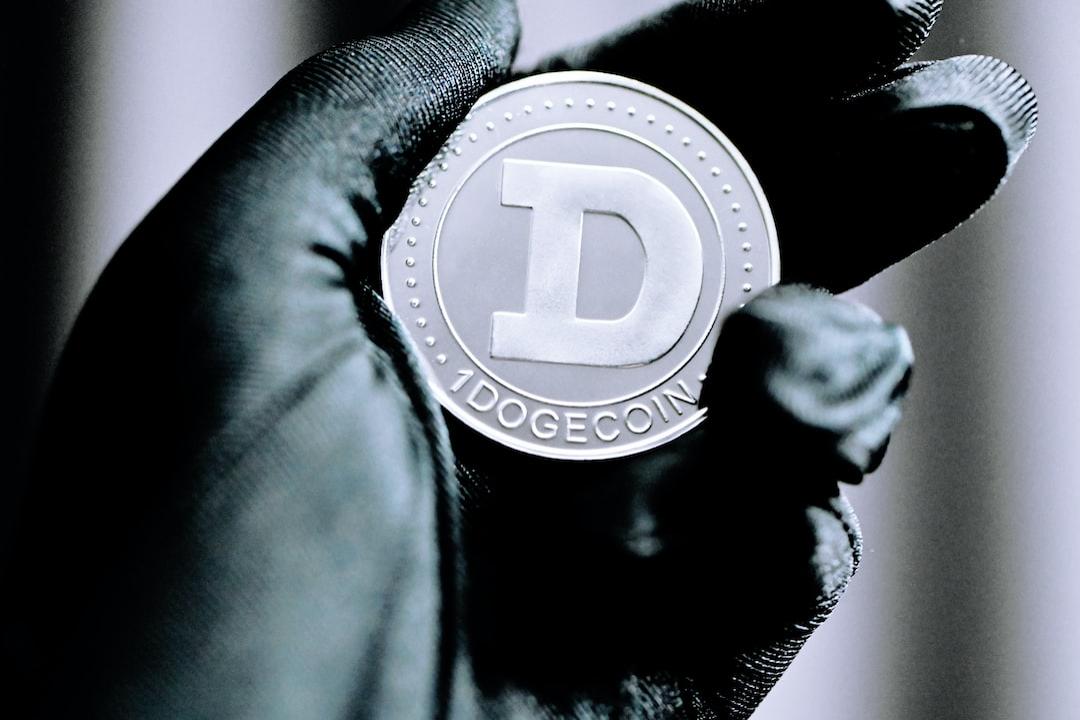Article by Donovan Choy, Cryptocurrency Analyst
1. Introduction
The battle over restaking is heating up. Challenging EigenLayer’s monopoly is a new protocol supported by Lido called Symbiotic. The latest entrant boasts competitive advantages in protocol design and BD partnerships. Before delving into the latest competitive dynamics in the restaking space, we need to understand the key risks present in the current landscape.
2. Current Issues in Restaking
Currently, restaking works as follows: Bob deposits ETH/stETH into liquidity restaking protocols like Ether.Fi, Renzo, or Swell, then delegates it to an EigenLayer node operator, who ensures one or more AVSs return partial earnings to Bob.
The current setup poses a compounded risk due to its one-size-fits-all nature. EigenLayer node operators handle assets for validating multiple AVSs, leaving Bob with no say in which AVSs are selected, posing potential risks.
Bob can try to select a “safer” node operator, but with hundreds of operators competing for his restaking collateral, each incentivized to validate as many AVSs as possible to maximize Bob’s returns.
A brief look at EigenLayer’s node operator pages reveals numerous overt advertisements like the following:

This competitive environment could lead to undesirable outcomes: each node operator validates AVSs they consider absolutely reliable. When AVSs experience interruptions or penalties, Bob is affected regardless of which operator he chooses.
3. Understanding Mellow Finance
Mellow addresses this issue to some extent. Also known as “modular LRT,” Mellow operates as middleware in the restaking tech stack, offering customizable liquidity restaking vaults. With Mellow, anyone can become their own Ether.Fi or Renzo, establishing their own LRT vaults. Third-party “managers” on Mellow have full control over which restaking assets they accept, allowing users to choose assets based on their risk preferences for a fee.
Here’s an absurd example: Alice, a DOGE enthusiast, invests in DOGE for yield. She sees a vault named DOGE4LYFE on Mellow, deposits her DOGE, earns restaking rewards, pays a small fee to the operator, receives rstDOGE LRT, and can use it elsewhere as DeFi collateral. This is currently impossible because DOGE is not whitelisted on EigenLayer. Even if EigenLayer founder Sreeram shifts focus to DOGE, the inconsistent incentives among mentioned node operators persist.
Similar services have emerged in the DeFi lending space like Morpho, Gearbox, or the now-defunct Fuse protocol developed by Rari in previous DeFi cycles. For example, Morpho allows the creation of lending vaults with custom risk parameters, enabling borrowing from vaults with unique risk configurations rather than pools with uniform risks on Aave. Aave also plans to upgrade its protocol with separate lending pools in the upcoming V4 update.
4. Mellow x Symbiotic x Lido Strategy
Since Mellow functions as middleware in restaking protocols, its assets in vaults must be restaked elsewhere. Interestingly, Mellow does not align strategically with EigenLayer but opts for the upcoming restaking protocol Symbiotic, supported by cyber•Fund under Lido’s umbrella and Paradigm (which also backs Lido).
Unlike EigenLayer or Karak, Symbiotic supports multi-asset deposits of any ERC-20 token, making it the most permissionless token to date. From ETH to meme coins, any asset can serve as restaking collateral to ensure AVS security. This may open the gates to the worst crypto degen imaginable: imagine a Symbiotic AVS secured by DOGE restaking collateral.

While technically feasible, this overlooks the modular nature of Mellow products, allowing third-party vault managers unlimited composability. Here, the rationale for Mellow integrating with Symbiotic becomes clear, as assets can still be used on other restaking protocols like EigenLayer or Karak.
To date, many managers have opened their LRT vaults on Mellow. Not surprisingly, given the close collaboration between Lido and Mellow (to be detailed later), most managers pledge stETH as collateral.
Two exceptions are Ethena’s vaults, accepting sUSDe and ENA. Indeed, Mellow has achieved a remarkable feat—its first sUSDe vault is already fully subscribed.

The final move in Mellow’s strategy is its participation in the recently announced “Lido Alliance,” an official association composed of Lido projects. Mellow benefits from direct stETH deposit channels through Lido, explaining its commitment to allocating 10% (100B) of its MLW token supply to fostering cooperative relationships. Conversely, Lido benefits as it seeks to reclaim stETH capital from liquidity restaking competitors. Since forming in 2024, Lido’s growth stagnated due to competition from LRT protocols.
5. Market Traction
Symbiotic’s competitive edge over EigenLayer or Karak stems from its close integration with Lido. The core idea is that Lido node operators can issue their LRT through Mellow/Symbiotic, internalizing an additional wstETH income layer within the Lido ecosystem.
Depositing stETH into Mellow vaults now offers four layers of returns beyond the vault’s LRT token: stETH APY, Mellow points, Symbiotic points, and restaking APY (post AVS operation on Symbiotic).
Since launching deposits, Symbiotic has accumulated a TVL of $316 million in under two weeks.
Symbiotic TVL
The total value locked (TVL) of assets on Symbiotic, denominated in USD and ETH across all chains, is as follows:

Meanwhile, Mellow’s TVL stands at $374 million. Both figures are early indicators of potential in Lido’s favor. Mellow LRT TVL
The total value locked (TVL) of assets (liquidity restaking tokens) on Mellow, denominated in USD and ETH across all chains, is as follows:

As of June 20th, four Mellow pools have been launched on Pendle:

Currently, only Mellow points qualify for these pools until the upper limit is raised on Symbiotic. As compensation, Mellow rewards triple points for deposits (1.5x if deposited directly on Mellow). Given their short expiration dates, liquidity in these pools is quite low, leading to substantial slippage when trying to purchase YT. The optimal strategy currently may be PT fixed-income rates, offering high APYs ranging from 17% to 19% across all four vaults.
6. Overview of Restaking Ecosystem Landscape
The restaking battlefield is becoming increasingly complex. As of today, there are three major restaking platforms ranked by TVL: EigenLayer, Karak, and Symbiotic. Restaking Protocol TVL
The total value locked (TVL) of assets on EigenLayer, Karak, and Symbiotic, denominated in USD and ETH across all chains, is as follows:

These three restaking platforms all provide services to AVSs for sale security. Given ETH’s dominance and deep liquidity, stETH is the obvious choice for EigenLayer collateral. Karak has expanded its restaking collateral from ETHLST to stablecoins and WBTC. Now, Symbiotic is challenging limits by supporting any ERC-20 collateral.
Meanwhile, LRT protocols like Ether.Fi, Swell, and Renzo see an opportunity and begin competing with their own incentivized activities against Lido. Liquidity Restaking Token TVL
The total value locked (TVL) of assets in liquidity restaking protocols, denominated in USD and ETH across all chains, for the year-to-date is as follows:

Lido has long held dominance with stETH in DeFi, but this time, it’s losing market share to LRT protocols. A simple response for Lido might strategically position stETH from LST to LRT assets. However, Lido continues to position stETH as LST while nurturing its own restaking ecosystem. Therefore, Lido strongly supports Symbiotic and Mellow as part of the “Lido Alliance,” offering a permissionless modular restaking product. Sales strategy summary: Dear tokenized projects, don’t wait for EigenLayer to whitelist your tokens. Come to Symbiotic and release your own LRT in a permissionless manner. Dear users, stop staking your wstETH with LRT competitors; entrust it to Mellow for better risk-adjusted returns.
7. Conclusion
As competition intensifies in the restaking arena, several points warrant consideration: how significant is the AVS demand for restaking, and do we truly need this many restaking players? As of today, real-time AVS is only on EigenLayer, with approximately 5.33 million ETH TVL, of which around 22.6 million ETH is restaked in 13 AVSs at a collateral rate of approximately 4.24x.
The main trend in restaking platforms is integrating as many assets as possible to support restaking. Latecomers like Karak attempt differentiation by using WBTC, stablecoins, and Pendle PT assets. Symbiotic goes further by allowing any ERC-20 collateral while leaving asset management to third-party Mellow vault creators.
Despite the strictest restrictions, EigenLayer maintains a significant lead in TVL. Moreover, whether allowing non-ETH assets for chain security is prudent remains unresolved. What does this mean for LRT protocols? Certainly, nothing stops them from integrating similarly with Symbiotic; in fact, Renzo has already done so. LRT protocols have no reason to remain loyal exclusively to EigenLayer and hope to gain market share in Lido’s restaking ecosystem before Mellow monopolizes the secondary market.
However, is fierce competition inevitable? As stated, Lido’s

